If you’re an employer, you might know that the Americans with Disabilities Act (ADA) sets out guidelines and requirements for reasonable accommodations.
Despite the fact that accommodations are simply supports that help employees do their best work, many employers find the idea of reasonable accommodations somewhat intimidating. In practice, an accommodation could be as simple as a change in a meeting room, or a flexible schedule on Tuesdays.
You don’t have to wait for an employee to make a request before taking steps toward a more inclusive workplace. There are many workplace accommodations you can put into place proactively. Because these supports tend to help all employees—with and without disabilities—implementing them will create a more functional workplace for everyone.
The website of the Equal Employment Opportunity Commission (EEOC) offers many reasonable accommodation examples and guidance to help you support employees with disabilities. Here are 30 examples of workplace accommodations that can help your entire business thrive.

Communication supports
Visual communication supports: Many employees with disabilities, and many other people as well, are visual learners. Visual workplace accommodations can include pictures, objects, and written words.
Here are some ideas:
1. Use real photos as often as possible.
2. Use visuals to show progress toward goals or metrics.
3. Keep any process steps simple, achievable, and straight to the point.
4. Offer checklists.
5. Include visuals throughout the workplace, across physical and virtual settings.
6. If the visual is intended to help one employee in particular, make sure it meets that goal. But also see if you can generalize it so everyone can use it.
7. Include slideshows in meetings to improve clarity and understanding.
8. Use bulletin boards, dry-erase boards, or other visuals that employees can return to as needed.
Language and interpersonal communication supports: These ideas can help with business functions and social interactions.
Some examples:
9. Hold daily huddles to keep everyone on the team aligned and focused on goals.
10. Provide mentors for each area of work.
11. Offer interpreters and job coaches.
12. Keep background noise to a minimum.
13. Give people ample time to respond. For example, when asking a question, allow a period of silence while you wait for an answer.
14. Prepare employees for meetings and conversations by offering written agendas and setting expectations ahead of time.

Environmental supports
Environmental workplace accommodations can improve the safety and well-being of your employees. When employees feel comfortable and safe, they’ll be happier and more productive.
Here are some examples to help you improve your working environment:
15. Offer ergonomic workstations, including the flexibility to sit or stand as needed.
16. Provide padding on the floor for employees who need to stand frequently.
17. Make sure the lighting is bright enough to do work, and install shades so it’s not too distracting.
18. Offer earplugs or headphones.
19. Provide ramps and accessible bathrooms.
20. Provide gloves, masks, social distancing, and other precautions to protect against COVID-19.
21. Offer remote work as an option.
22. Post safety signs in the workplace, including handwashing diagrams in the bathrooms.
23. Repeat information from those signs via email or text, so every employee can access it.
Structural support
Structural accommodations will improve your workplace processes. They’ll help employees reach their goals so your employees and business can thrive.
Here are some examples:
24. Offer flexibility in break times. For example, give employees the option to turn a 15-minute break into three five-minute breaks.
25. Show employees the goals and metrics, but also give examples of how to achieve them.
26. Visually demonstrate beginnings and endings for meetings and processes.
27. Provide daily schedules, and/or ideas about how to effectively structure open work time to be more productive.
28. Offer trainings and other important information in multiple formats, such as video, text-based, in-person meetings, etc.
29. Make sure all formats are accessible. For example, videos should have transcripts.
30. When holding trainings, check for understanding by making sure the employee has a chance to demonstrate the skills they’ve learned.
Keep in mind that every person and circumstance is different. Input and feedback from your employees will be key to creating the most effective accommodations for your workplace. And it’s important to note that these examples won’t necessarily count as reasonable accommodations in every circumstance. Refer to the ADA and the EEOC to get specific guidance for individual situations.
Whether or not an employee has requested specific reasonable accommodations, any employer can take advantage of these ideas. They’ll make your workplace more functional, more inclusive, and more productive.
This report by Workplace Initiative was first published July 9, 2020.
Chris Simler
Source: Workplace Initiative
If you want to know how to make your workplace more accesible, join our weekly FREE webinar.

